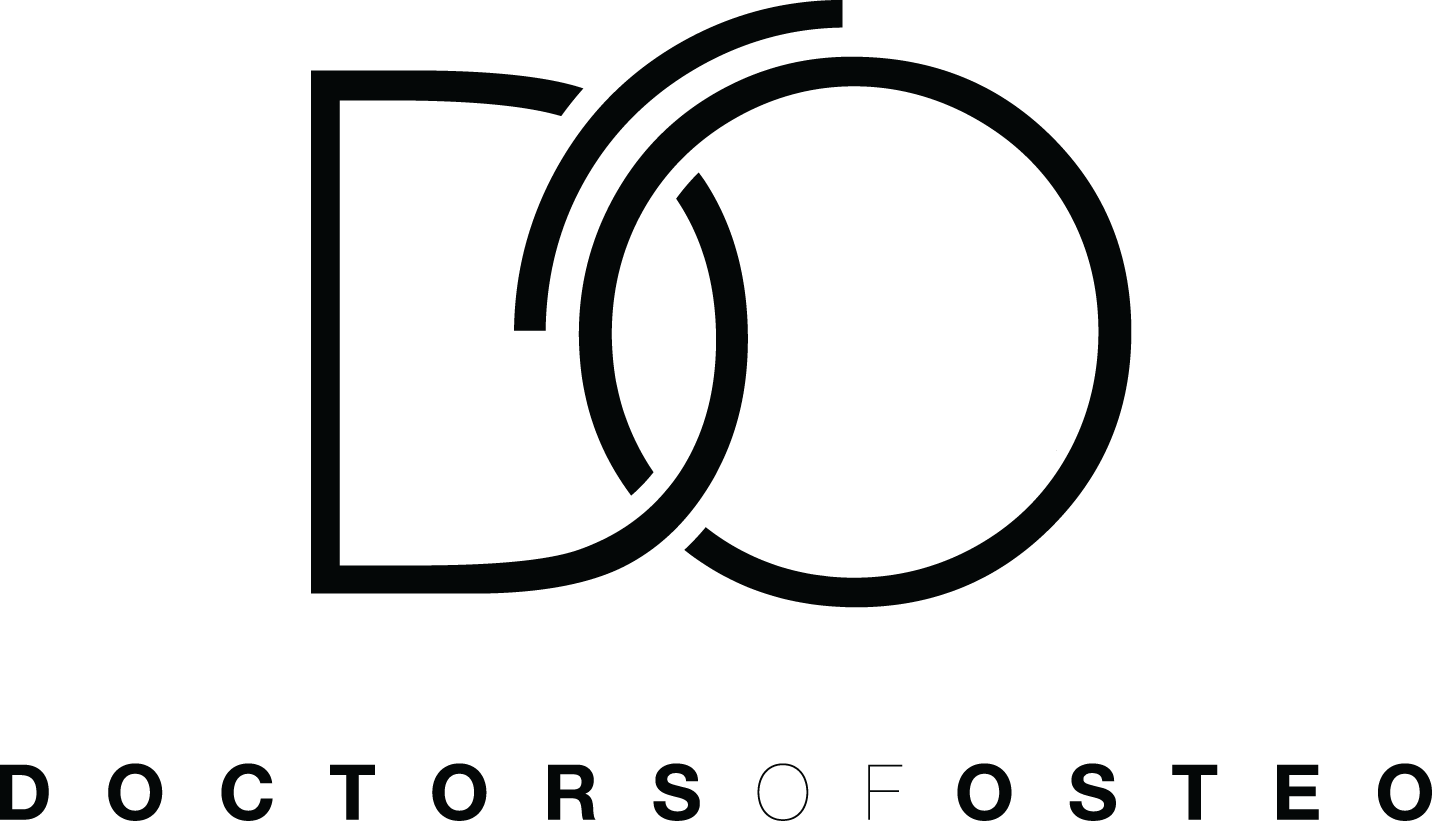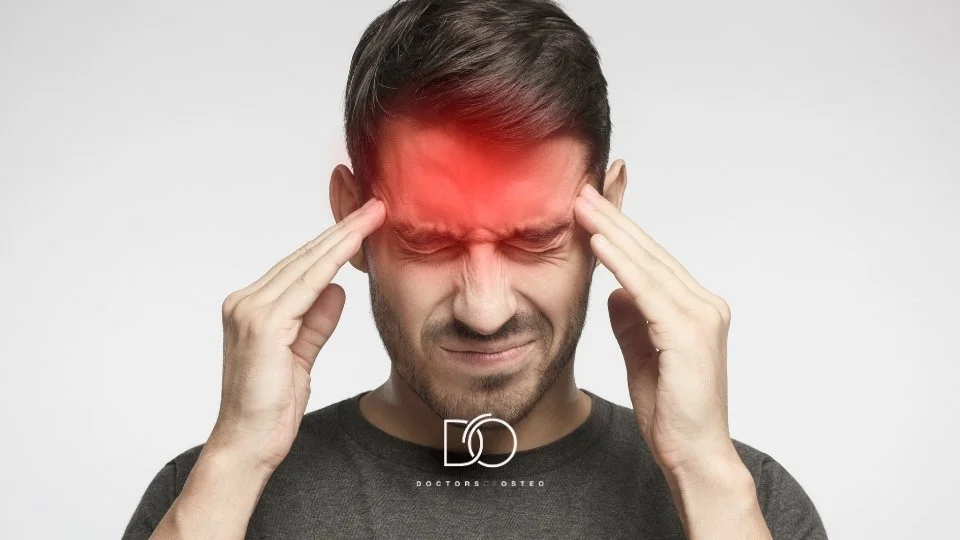Different Types of Headaches
Headaches are one of the most common ailments that people experience, and they can vary widely in terms of intensity, duration, and the areas of the head affected. Understanding the different types of headaches can help identify their causes and guide appropriate treatment options. Here are the most common types of headaches:
Tension Headaches
Tension headaches are the most common type of headache, often described as feeling like a tight band around the head. These headaches typically cause a dull, aching pain on both sides of the head, along with tightness or pressure around the forehead, temples, or the back of the head and neck.
Causes: Tension headaches are often triggered by stress, poor posture, lack of sleep, or muscle strain in the neck and shoulders. They are commonly associated with physical or emotional stress.
Symptoms: Dull, constant pain, usually on both sides of the head; muscle tightness in the neck, shoulders, or jaw.
Treatment: Stress management, relaxation techniques, massage therapy, ergonomic adjustments, and over-the-counter pain medications can help alleviate tension headaches.
Cluster Headaches
Cluster headaches are a rare but extremely painful type of headache that occur in cyclical patterns or clusters. They typically cause sharp, intense pain around one eye or on one side of the head and can last anywhere from 15 minutes to several hours. These headaches often happen during the night and can occur multiple times per day during a cluster period.
Causes: The exact cause is unknown, but cluster headaches are thought to be related to abnormalities in the hypothalamus (the part of the brain that controls biological rhythms). They are more common in people who smoke and are often associated with alcohol consumption during a cluster period.
Symptoms: Excruciating, stabbing pain around or behind one eye; redness or tearing of the eye; nasal congestion or runny nose on the affected side; restlessness or agitation.
Treatment: Medications to relieve pain (such as sumatriptan or oxygen therapy), preventive treatments, and lifestyle changes may help manage cluster headaches.
Sinus Headaches
Sinus headaches are often mistaken for migraines or tension headaches. They occur when the sinuses (air-filled cavities in the skull) become inflamed due to an infection (sinusitis) or allergies, leading to pain and pressure around the forehead, eyes, and cheeks.
Causes: Sinus infections (sinusitis), allergies, or colds that cause inflammation and congestion in the sinus passages. This can lead to increased pressure in the sinuses, resulting in headache pain.
Symptoms: Pain and pressure around the forehead, cheeks, and eyes; nasal congestion or a runny nose; thick nasal discharge; fever (in case of infection).
Treatment: Treating the underlying sinus condition, such as with decongestants, antibiotics (if bacterial infection is present), and saline nasal sprays, can help alleviate sinus headaches.
Rebound Headaches (Medication Overuse Headaches)
Rebound headaches occur when pain medication, particularly over-the-counter analgesics like ibuprofen or acetaminophen, is overused. These headaches often develop when pain-relief medications are taken too frequently, causing the body to become dependent on them.
Causes: Frequent use of pain medications for headaches, leading to a cycle of relief followed by worsening headache pain as the medication wears off.
Symptoms: Daily or near-daily headaches, often starting in the morning and improving with medication, only to return once the effects wear off.
Treatment: The best treatment is to gradually reduce the use of pain medications under the supervision of a healthcare professional, often combined with other forms of headache management.
Hormonal Headaches
Hormonal headaches are often linked to hormonal fluctuations, particularly in women. These headaches are commonly associated with menstruation, pregnancy, or menopause.
Causes: Changes in hormone levels, especially estrogen, can trigger headaches. Hormonal fluctuations around menstruation (menstrual migraines) or during pregnancy can cause headaches.
Symptoms: Similar to migraines, but often linked to the menstrual cycle or pregnancy. They may include throbbing pain, nausea, and sensitivity to light.
Treatment: Hormonal therapy, lifestyle changes, and medications for migraines can help manage hormonal headaches.
Exertion Headaches
Exertion headaches are triggered by physical activity or exertion, such as intense exercise, heavy lifting, or even coughing.
Causes: Straining the body during physical exertion, especially activities that involve sudden bursts of energy or intense muscle tension.
Symptoms: Sharp, throbbing pain that occurs during or after physical exertion, typically around the temples or the back of the head.
Treatment: Rest, hydration, and the avoidance of strenuous activity can help alleviate exertion headaches. If headaches persist, further medical evaluation may be necessary.
Thunderclap Headaches
Thunderclap headaches are sudden and severe headaches that come on very quickly, often reaching maximum intensity within seconds to minutes. They are often described as the "worst headache of your life" and can be a sign of a serious medical condition.
Causes: Thunderclap headaches can be caused by serious conditions like a brain aneurysm, stroke, or a rupture of a blood vessel in the brain.
Symptoms: Sudden, severe, sharp headache; nausea or vomiting; confusion; weakness; vision changes.
Treatment: Immediate medical attention is required. Thunderclap headaches may indicate a life-threatening condition and require urgent diagnosis and treatment.
Post-Traumatic Headaches
Post-traumatic headaches occur after an injury to the head or neck, such as a concussion. These headaches can last for days, weeks, or even months after the injury.
Causes: Traumatic brain injury (TBI), whiplash, or other head and neck injuries that result in nerve or brain irritation.
Symptoms: Similar to tension headaches or migraines; pain may be associated with dizziness, neck pain, or cognitive issues.
Treatment: Treatment may involve medications, physical therapy, and other interventions to address the underlying injury.
Conclusion
There are many types of headaches, each with distinct causes, symptoms, and treatment options. Identifying the specific type of headache is crucial for effective management and relief. If you're unsure of the type of headache you're experiencing or if your headaches are becoming more frequent or severe, it’s important to seek medical advice to determine the cause and find the best course of treatment.
An osteopath or healthcare provider can help assess your condition, identify contributing factors such as posture or stress, and offer a personalised treatment plan to reduce both the frequency and severity of headaches.
At Doctors of Osteo, we specialise in identifying and treating various types of headaches using holistic osteopathic approaches. Our experienced team can help you understand the root cause of your headaches and develop a tailored treatment plan to provide lasting relief. Take the first step towards a headache-free life – book an appointment with us today.



